
It’s a hard time being a traditional digital camera manufacturer as total sales of standalone digital cameras (SLR, Mirrorless and Compact) continue to dive. The recent launch of flagship smartphones with 2x optical zoom like the Samsung Note 8 will only accelerate this trend.
The graph below was created by photographer Sven Skafisk and the yellow part showing smartphone camera sales only shows a fraction of how much these dominate overall camera sales, if I hadn’t cropped the photo height you would have had to scroll down the tall yellow columns for ages.

As I mentioned in my recent indepth Note 8 camera review I found the 2x optical zoom quite handy. Scott too found the inclusion of a 1.6x optical zoom on the OnePlus 5 handy in his review of the phone.
The Note 8 back main camera has a dual LED flash and takes 12MP photos using a 1/2.55″ size sensor with large 1.4µm sized pizels at f/1.7 aperture. The second back camera used for optical 2x zoom is also 12MP but with a smaller 1/3.6″ sensor, 1µm pixels and slower but still impressive f/2.4 aperture.
The main Note 8 back camera is relatively wide angle with 77 degree field of view at 26mm (35mm lens equiv) and the second zoom camera lets you capture field of view 45 degrees at 52mm.
At time of writing DXOMark had rated the Note 8’s optical zoom photos as superior to all currently sold smartphones including the iPhone X.
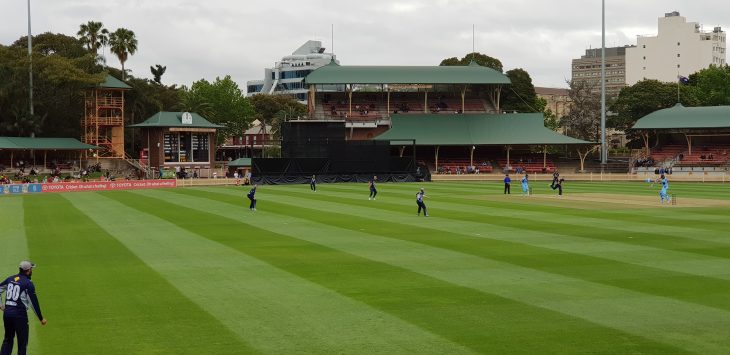
I thought I’d test this claim at a NSW vs Victoria cricket match I attended recently. Bearing in mind the sky was overcast, the photos are in order from 1x and 2x (good optical zoom quality) to 3x, 4x and 5x (surprisingly decent digital zoom results).
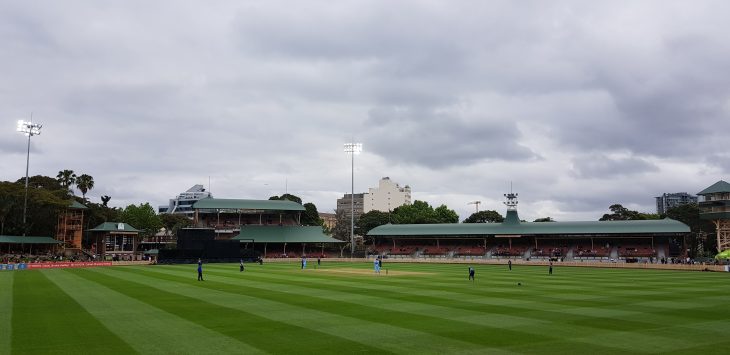
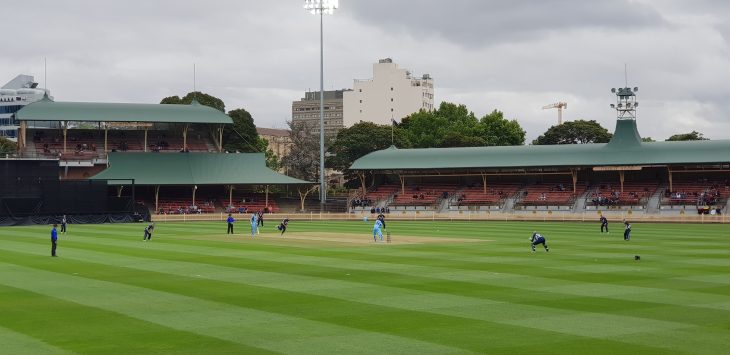

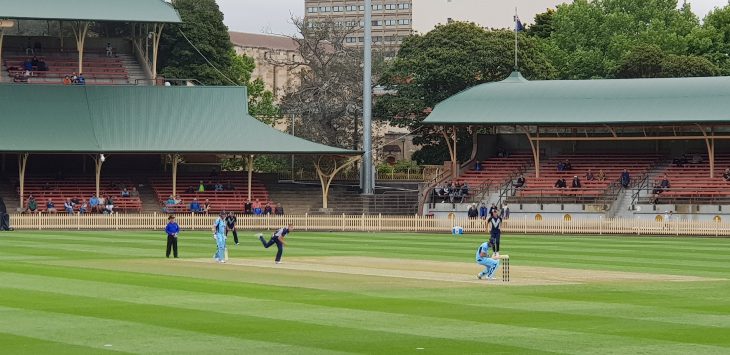
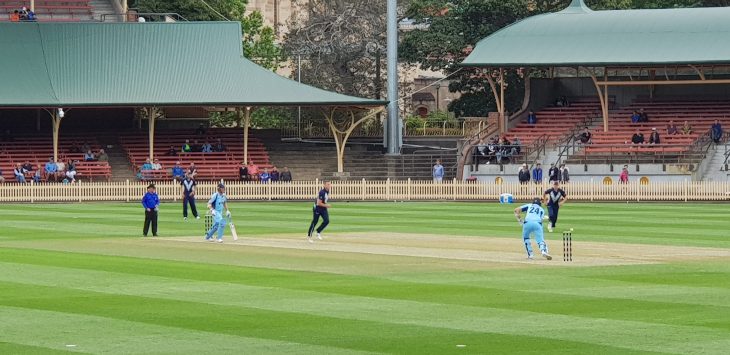
I recently sold all my high end Canon SLR gear and L lenses because as I got older I found them too heavy to carry around. Samsung’s Note 8 is currently my main camera while I decide whether to buy a pocketable high end compact camera like the Sony RX100 V.
Of course the Note 8 doesn’t capture images as well as a high end compact or SLR. However it’s much more convenient for composing photos, viewing and sharing them.
The day is coming probably sooner than we expect when high end flagship camera phones will have better than 2x optical zoom and clever enough software algorithms to be able to take photos at a similar quality level to high end compact digital cameras.
Disclosure Statement
Samsung has allowed Ausdroid to keep this unit to compare against other flagship phones with optical zoom





I have both an SLR and RX100 mkIV. The jump to the SLR is massive and worth lugging it around. But the difference between RX100 and Pixel is pretty small. In fact, HDR+ means that the Pixel often takes better photos in the day. The only time I reach for the RX100 is in low light.
there are benefits to the 3 different (most common) dual sensor setups. colour plus mono, mono gets cleaner luminance/contrast to reduce noise when combined in with original colour image. wide angle in combo with standard sensor obviously lets you get two different kind of shots (and wide is interesting for sports events too) two similar sensors where one has some optical zoom allows for closer shots and faux Bokeh BUT here is I think where we will see limits – compact cameras can have quite a wide range of optical zoom but if my understanding is correct the more zoom… Read more »
Great comment Tim 🙂
I for one would be glad to drop the fake bokeh look if we could get 3x or 4x optical zoom instead at a reasonably fast f stop
I -have- the more pocketable Sony RX100m5, and I have to say, I rarely use it. Smartphones are so much easier to carry and have with you, ready, at all times. The RX100m5 takes great photos, don’t get me wrong, but the simplicity and quality of a smartphone camera is hard to beat these days.
Touch to focus and auto white-balancing / exposure compensation means that you spend less time mucking around getting the shot right, and more time just taking the actual photo.
I haven’t owned a compact point and shoot since 07 and wonder if cameras in this category or even DSLRs have software algorithms and special processing chips (for that job) that do things similar to Googles HDR+ ?
that would make their physical hardware advantage put them miles ahead but for now, in the smart phone realm that is some serious voodoo, even ported to phones that have to do the algorithm on a non dedicated chip
SLRs and cameras like the RX100 have user presets that you can program. I usually keep one for portraits and one for landscapes. The landscapes one will take bracketted photos (3 different photos at different exposures) that Google Photos will turn in to HDR when uploaded.
You have no control over how strong the HDR processing is, unfortunately, but it’s an easy way of doing HDR photography with standard cameras.
My bridge camera has a 40x zoom
That sounds ridiculous, surely that would require so many bits of glass in the lens that the camera would weigh a kilo or more. I’m guessing the zoom end of the lens has a slow f stop as well